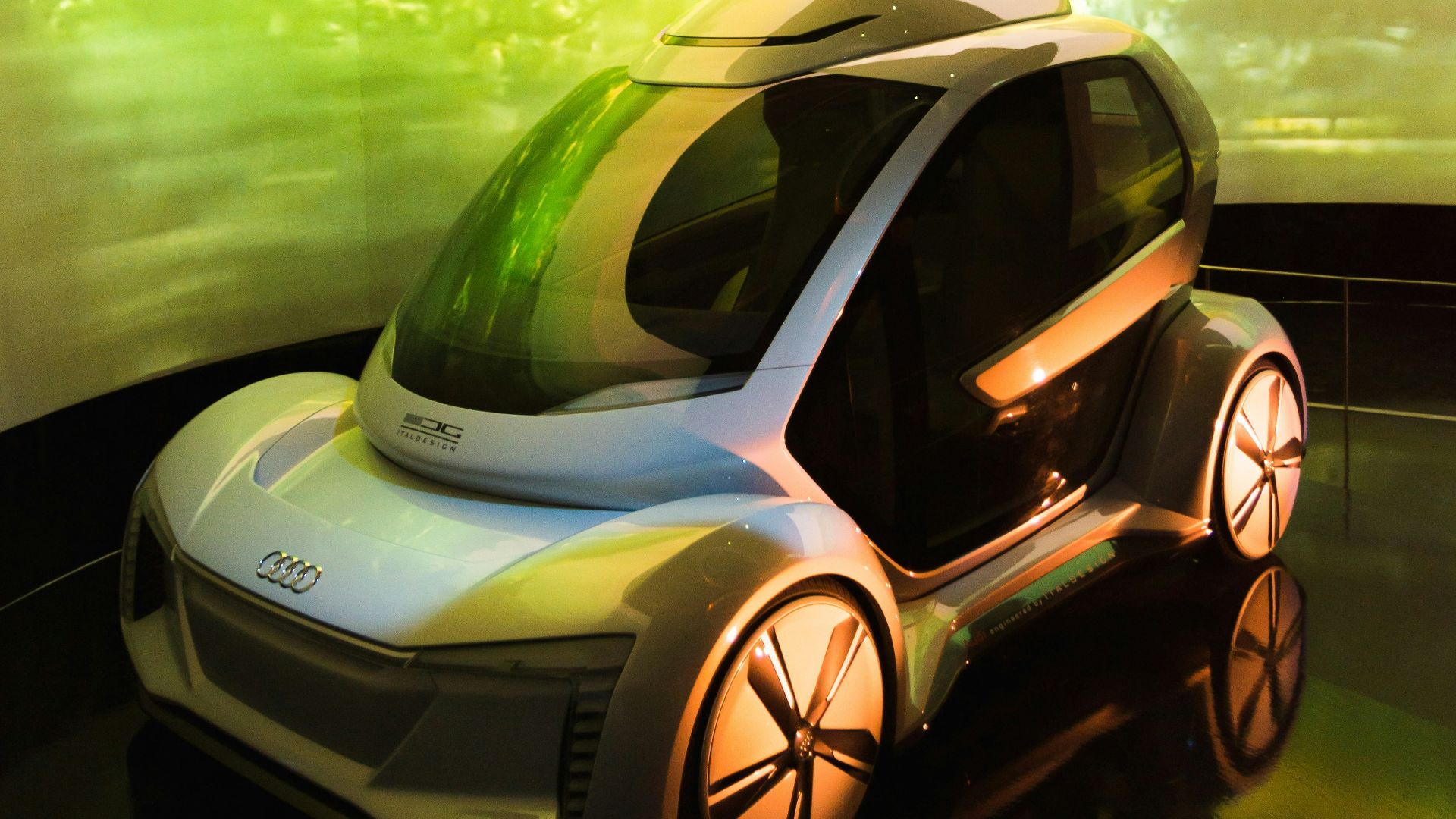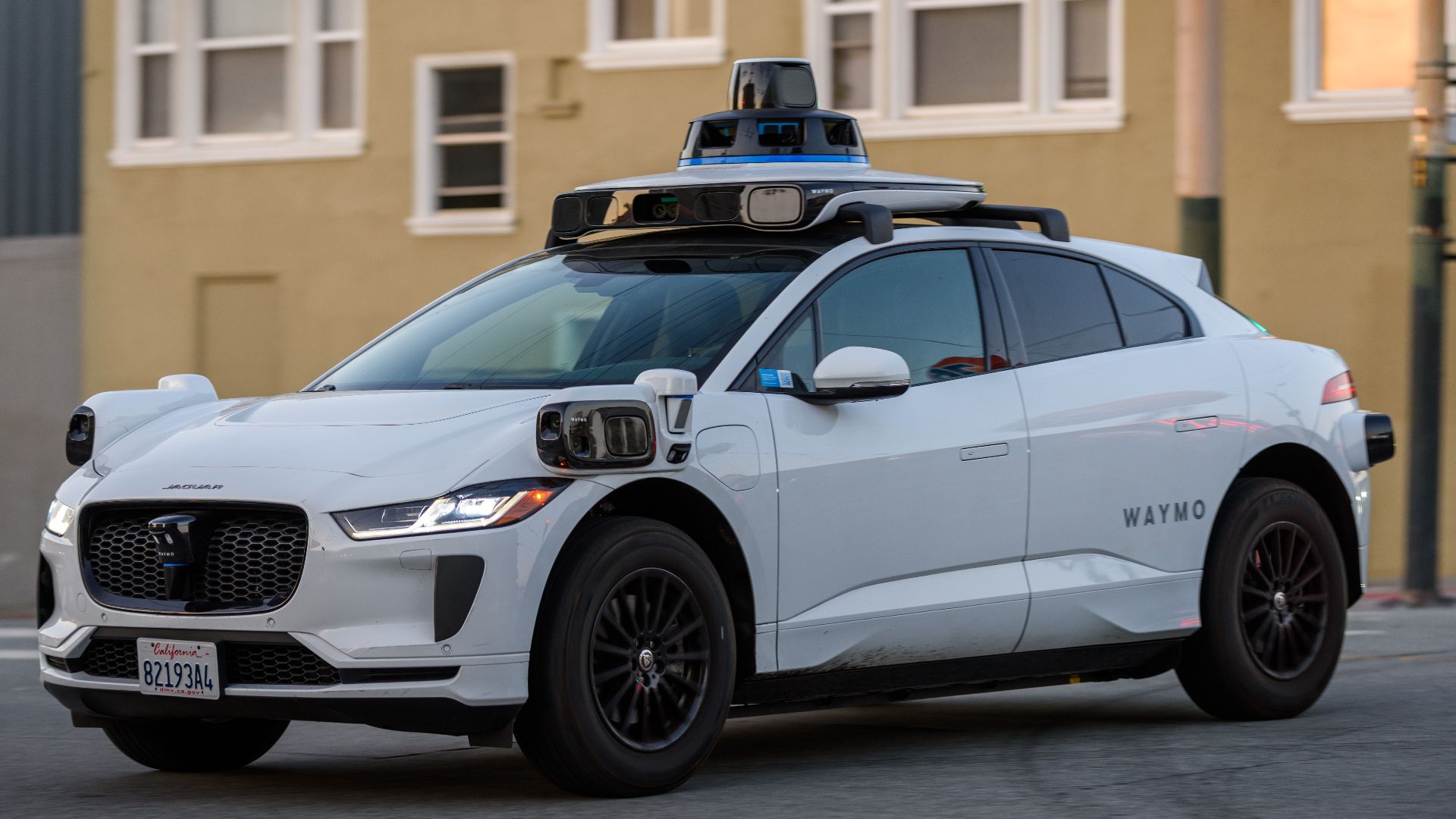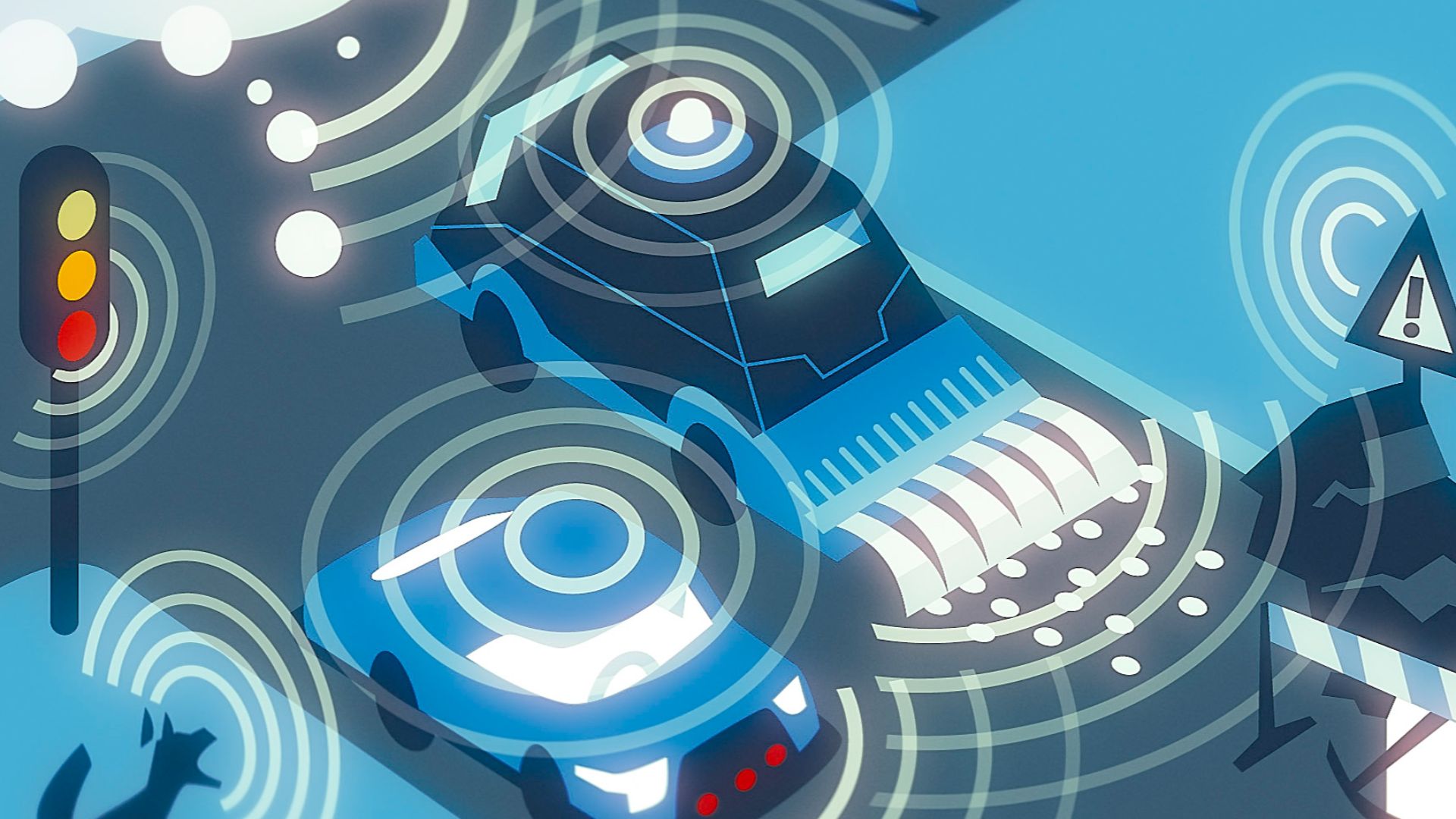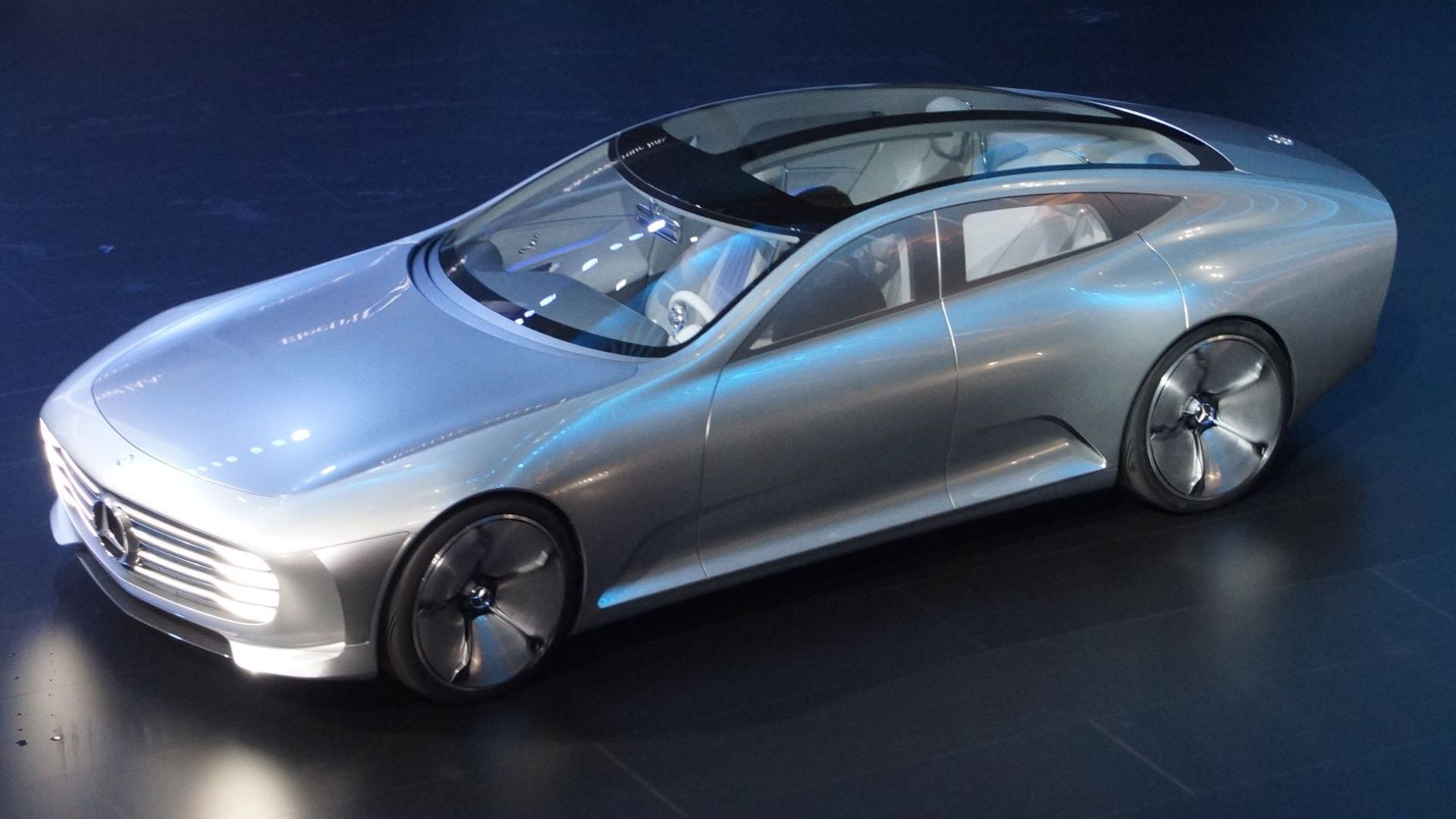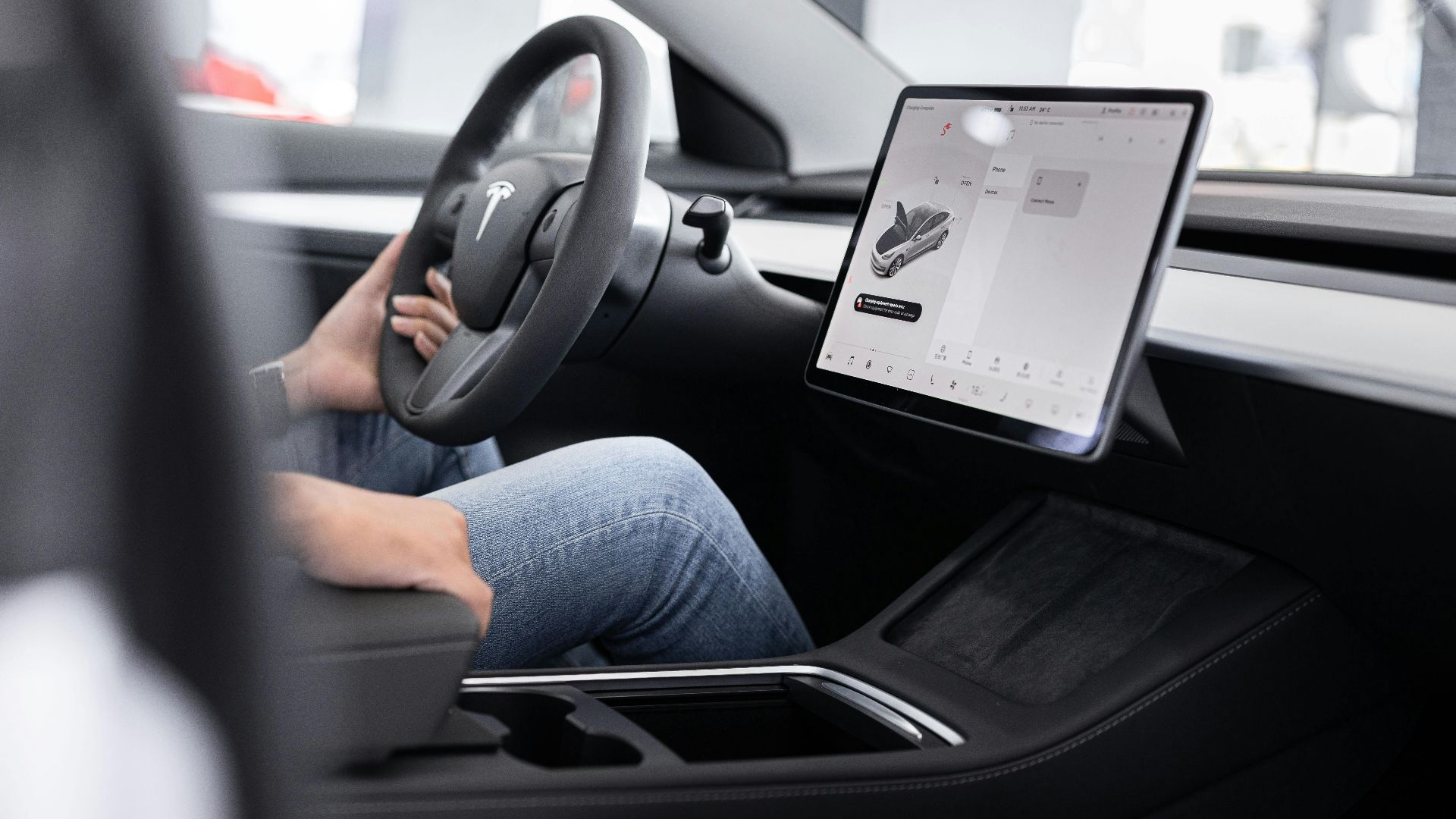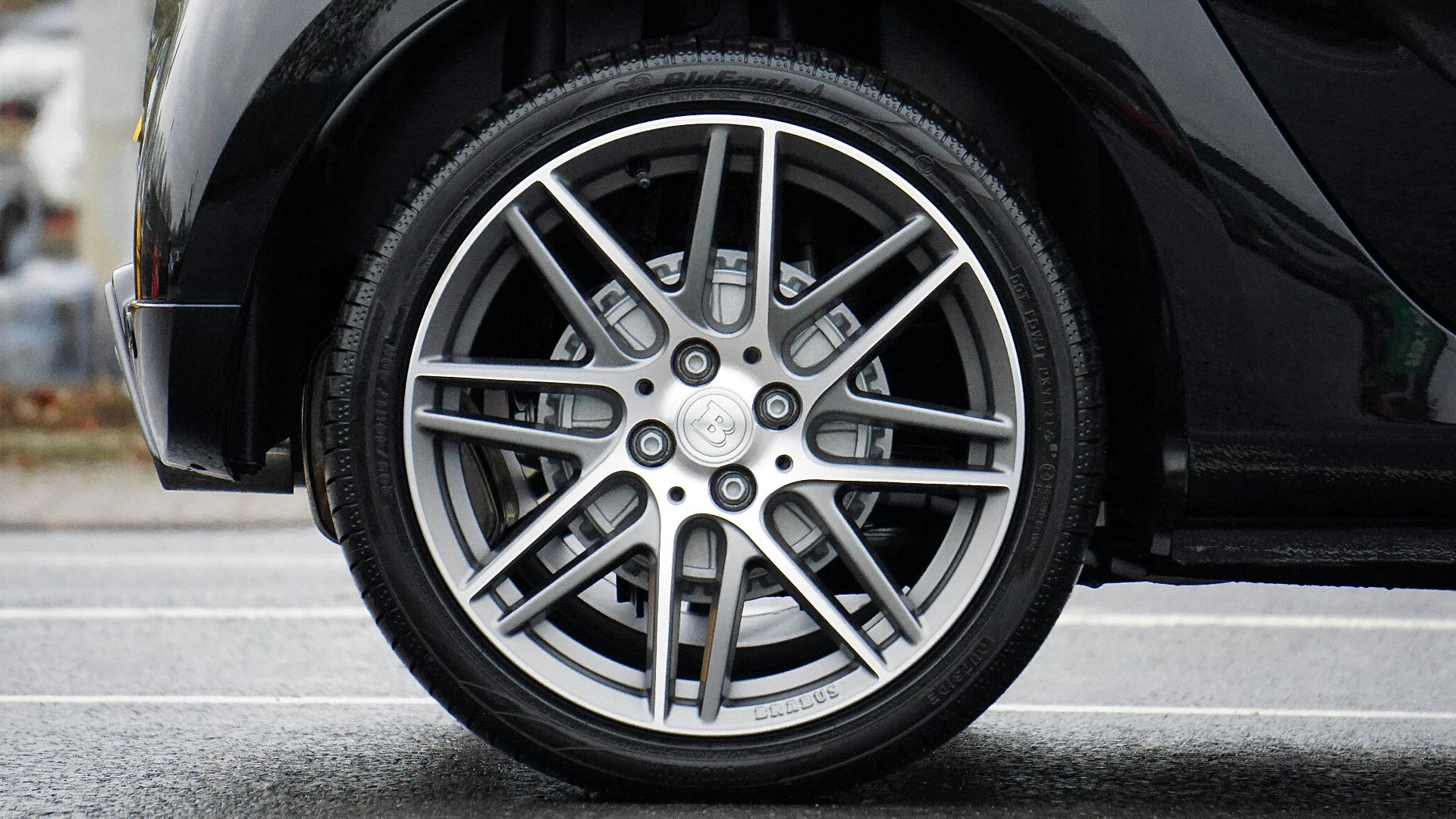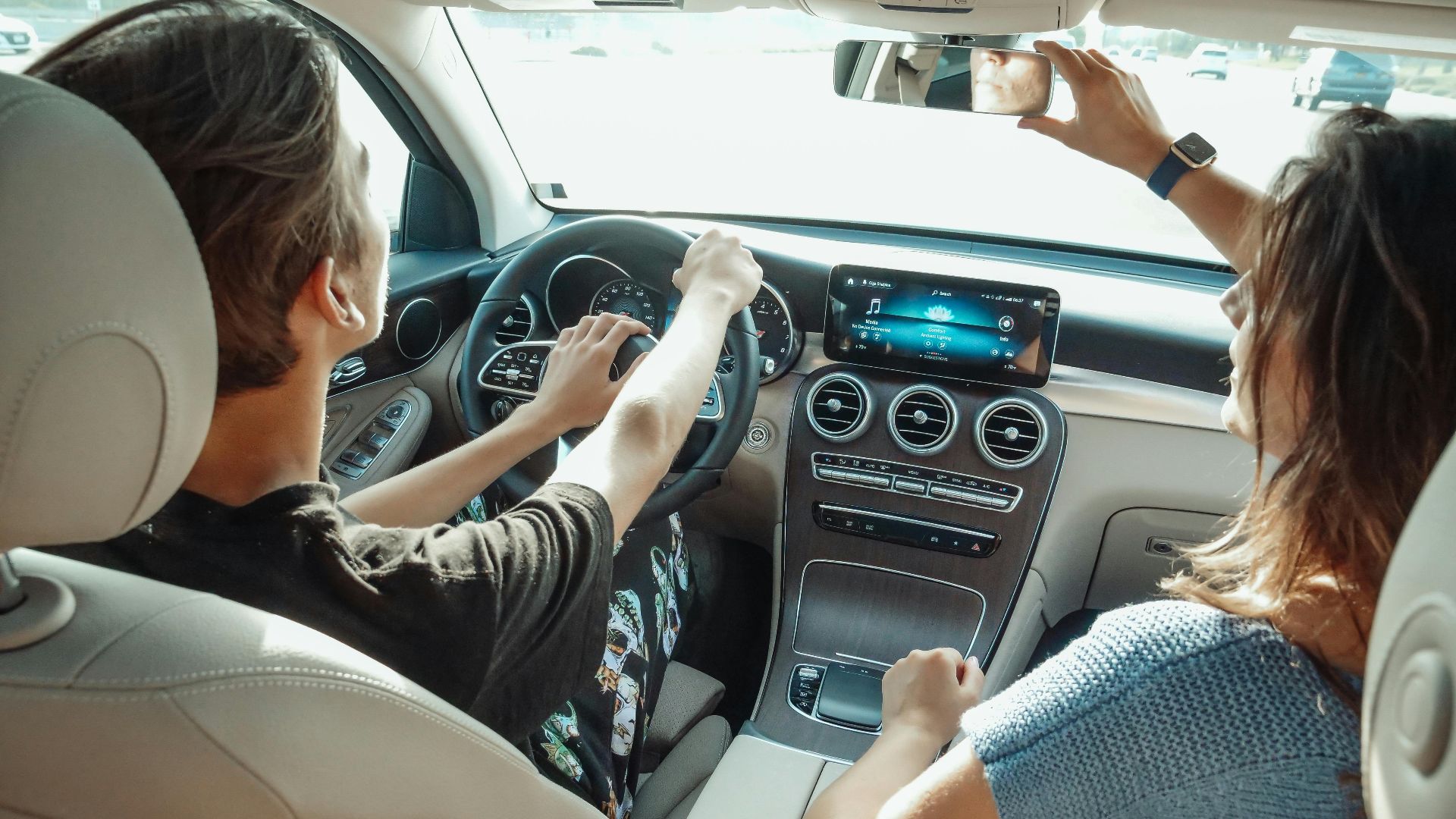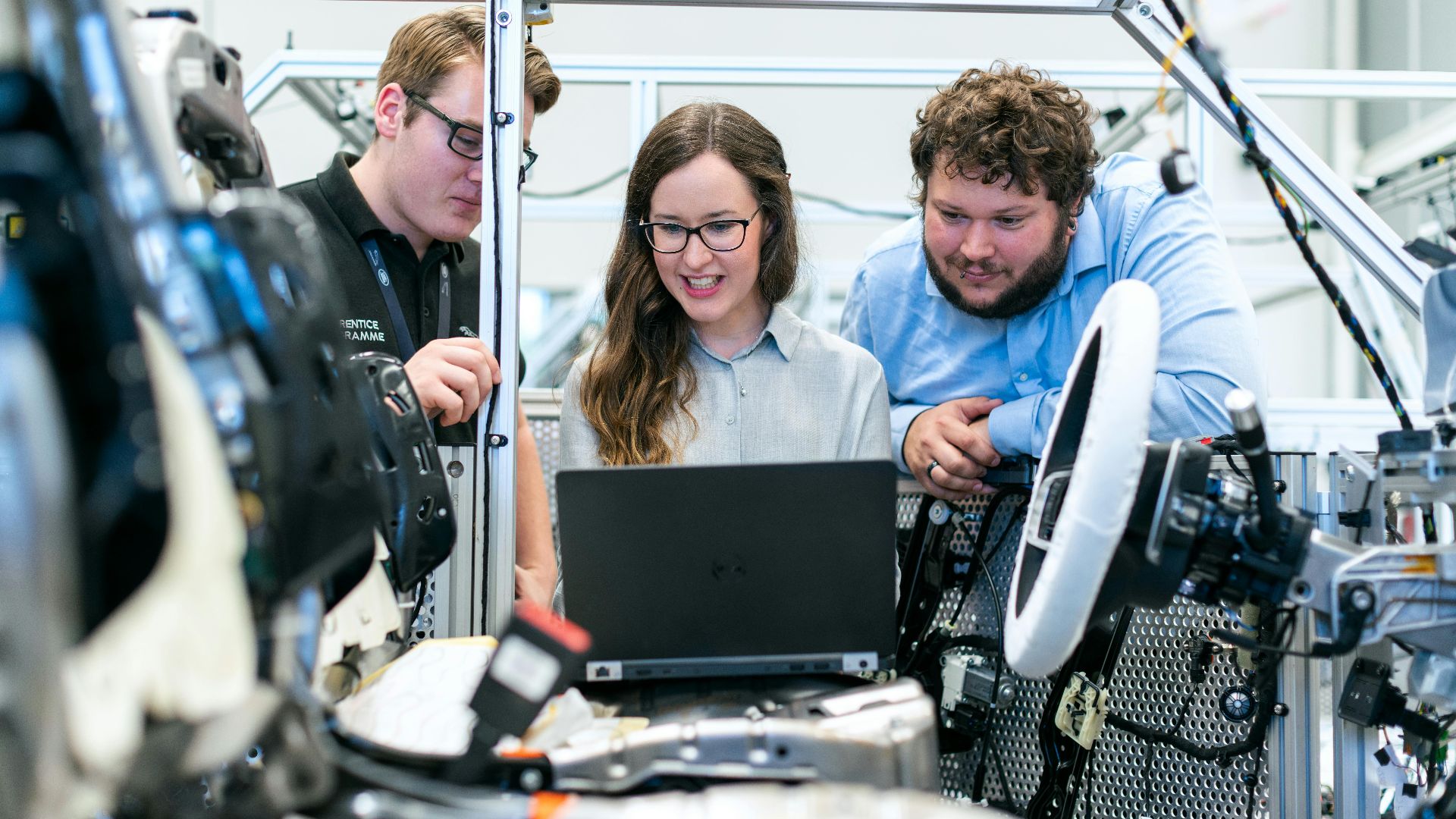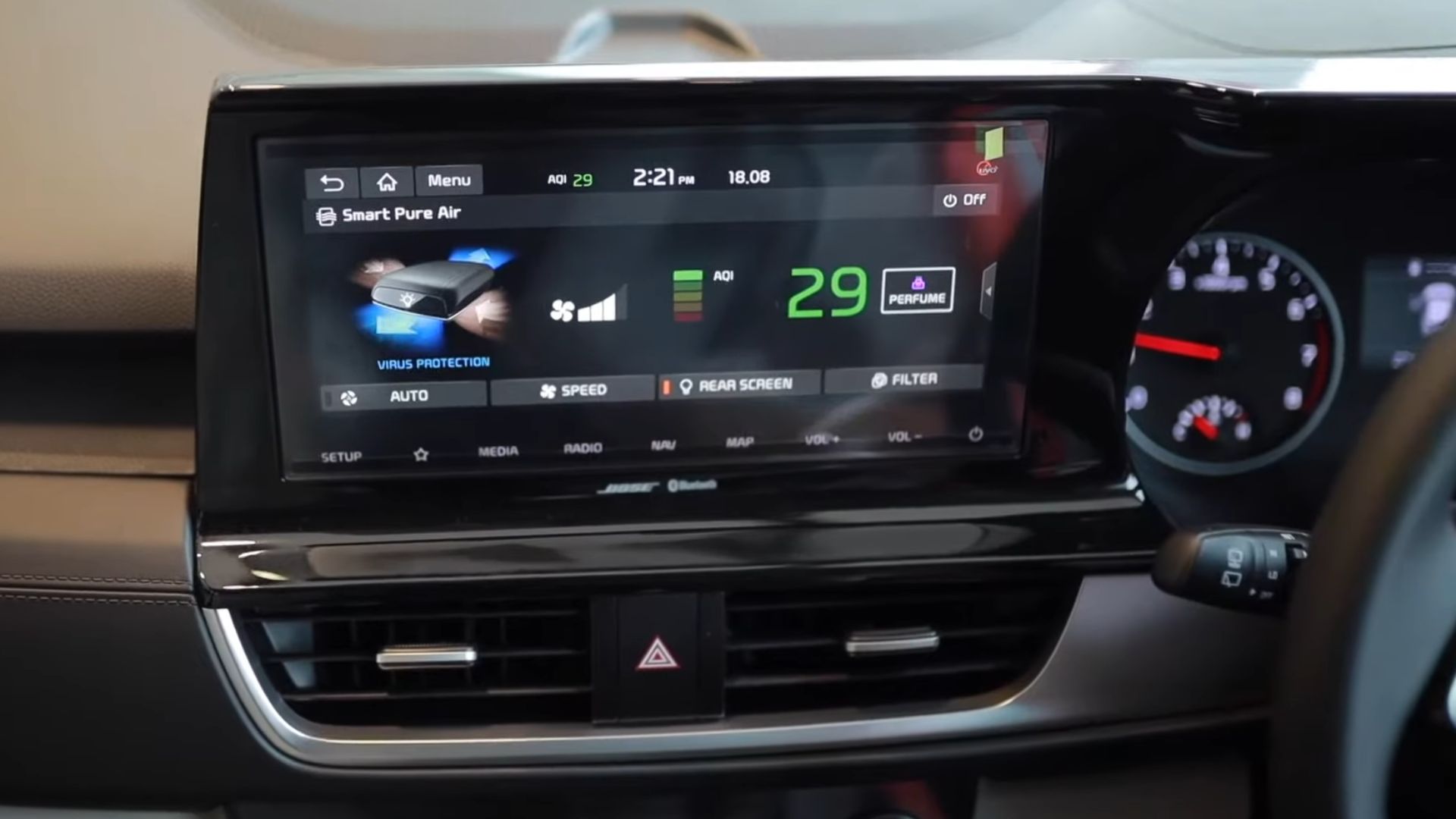Driving Into Tomorrow
Let’s face it—cars have come a long way, but we’re still waiting for that “wow” moment. Every year, they get flashier screens, fancier buttons, and smarter sensors, yet something always feels just out of reach. Maybe it’s comfort, or maybe it’s personality. Whatever it is, change is coming fast, and it’s reshaping how we see the open road entirely. So, here are 20 things people can’t wait to see in the cars of the future.
1. Fully Autonomous Self-Driving Systems
Waymo’s autonomous taxi service in Phoenix and San Francisco demonstrates how close the industry is to full self-driving capability. Alongside Tesla and Zoox, these innovators are developing Level 4 and 5 automation—vehicles capable of managing every driving function independently.
2. Solar-Integrated Vehicle Bodies
Solar-integrated vehicle bodies merge sustainable energy with modern design, embedding sleek solar panels that convert sunlight into power. These panels energize essential systems such as air conditioning and infotainment. Even when parked, vehicles continue absorbing sunlight, further extending driving range.
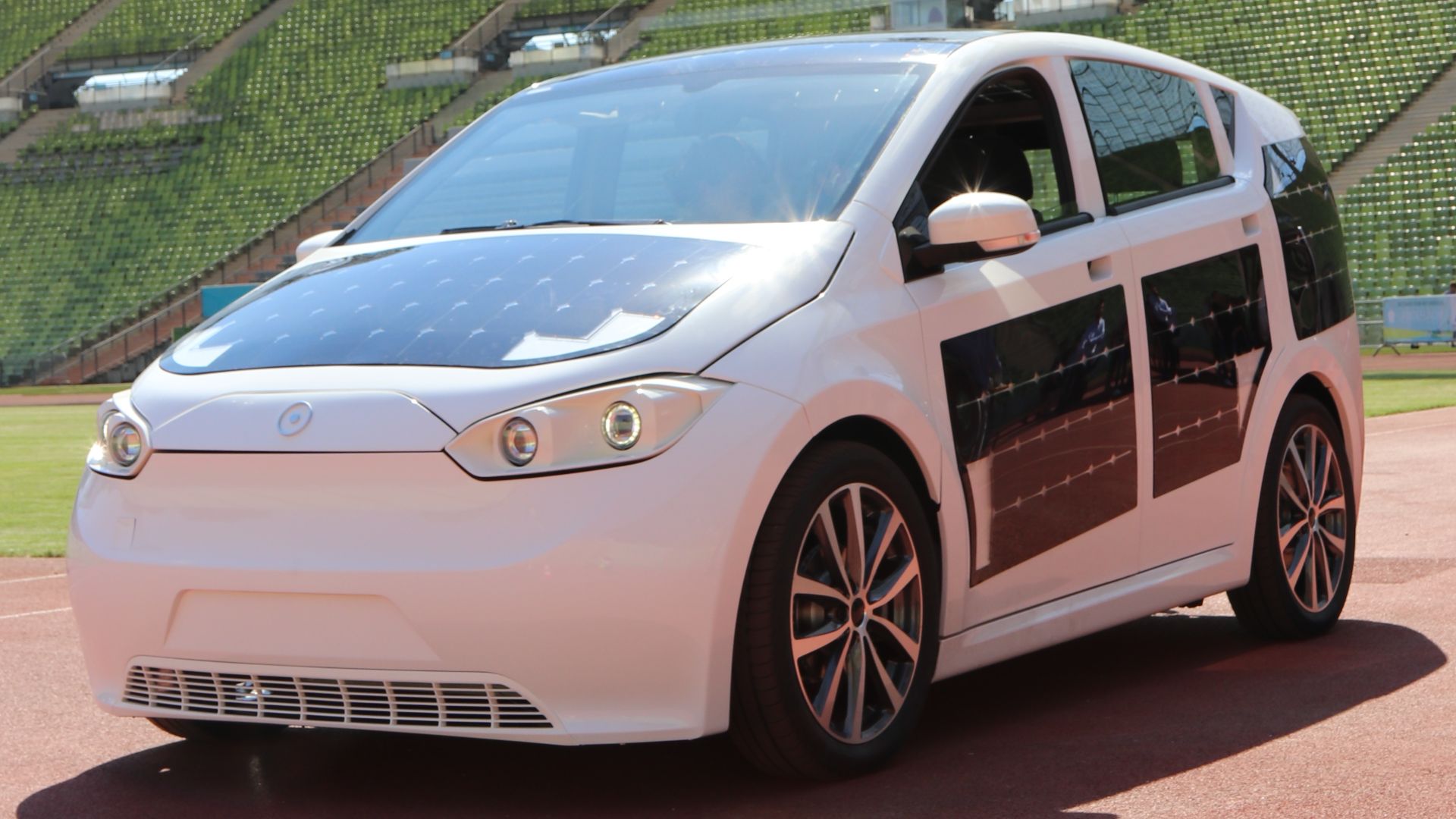 Henning Schlottmann (H-stt) on Wikimedia
Henning Schlottmann (H-stt) on Wikimedia
3. Real-Time Traffic-To-Vehicle Communication
Think of V2X as your car's social network, constantly exchanging digital messages with traffic lights and city infrastructure. This vehicle-to-everything technology creates a real-time conversation between road users, helping drivers dodge congestion and stay alert to hazards.
4. Zero-Emission Solid-State Batteries
When comparing next-generation solid-state batteries to conventional lithium-ion cells, the advantages are clear: markedly higher energy density translates to extended range. Though automakers are actively developing this zero-emission technology, technical complexities place mass commercialization beyond 2025.
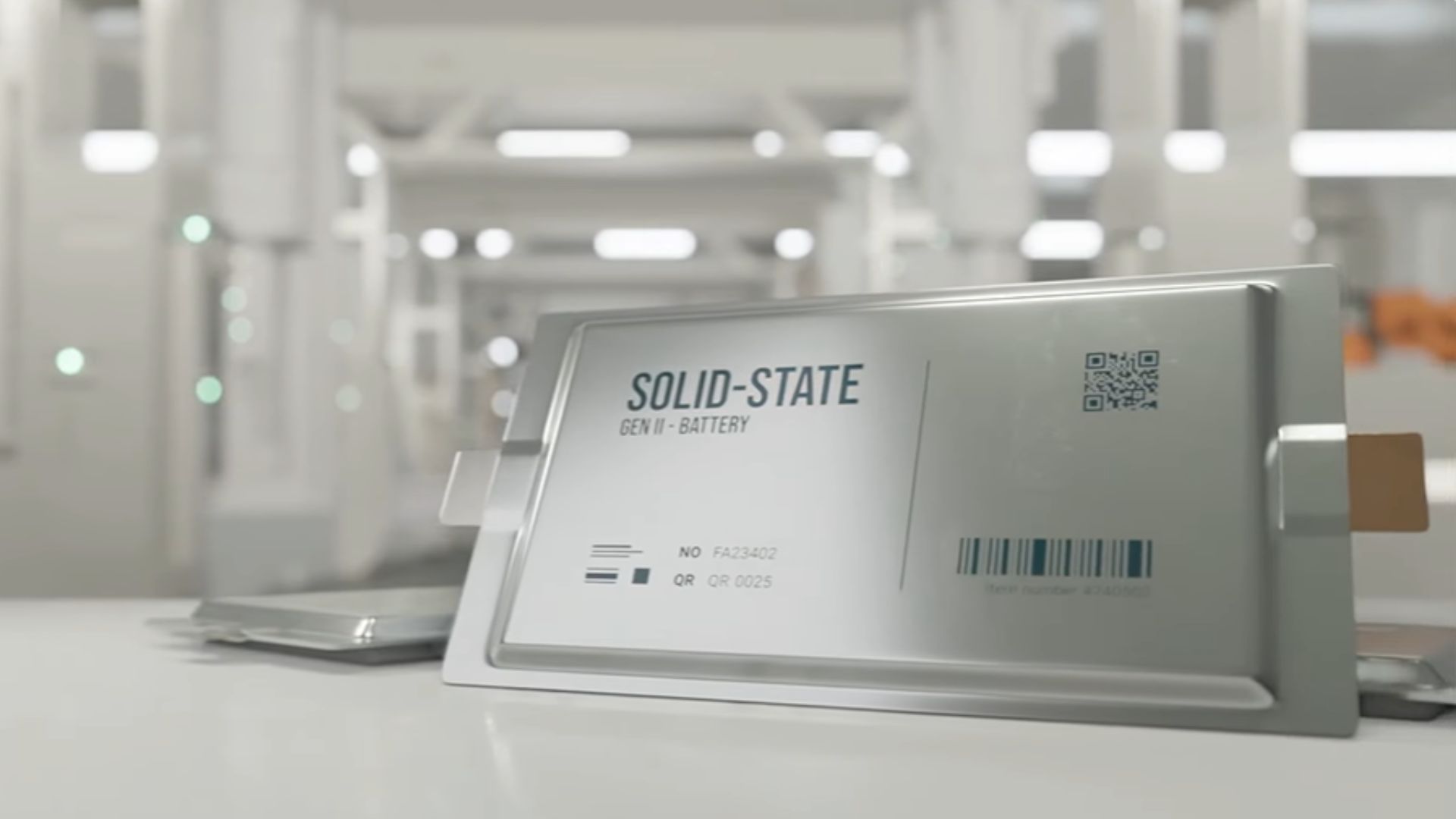 The Battery Revolution. Solid-State EVs Are Almost Here by Christian AlmostFiction
The Battery Revolution. Solid-State EVs Are Almost Here by Christian AlmostFiction
5. Holographic Windshield Displays
Advanced pedestrian detection capabilities represent just the beginning of these sophisticated holographic systems, which convert the windshield into an intelligent safety interface. By projecting navigation data, hazard alerts, and critical vehicle information directly into the driver's field of view, these displays create heightened situational awareness.
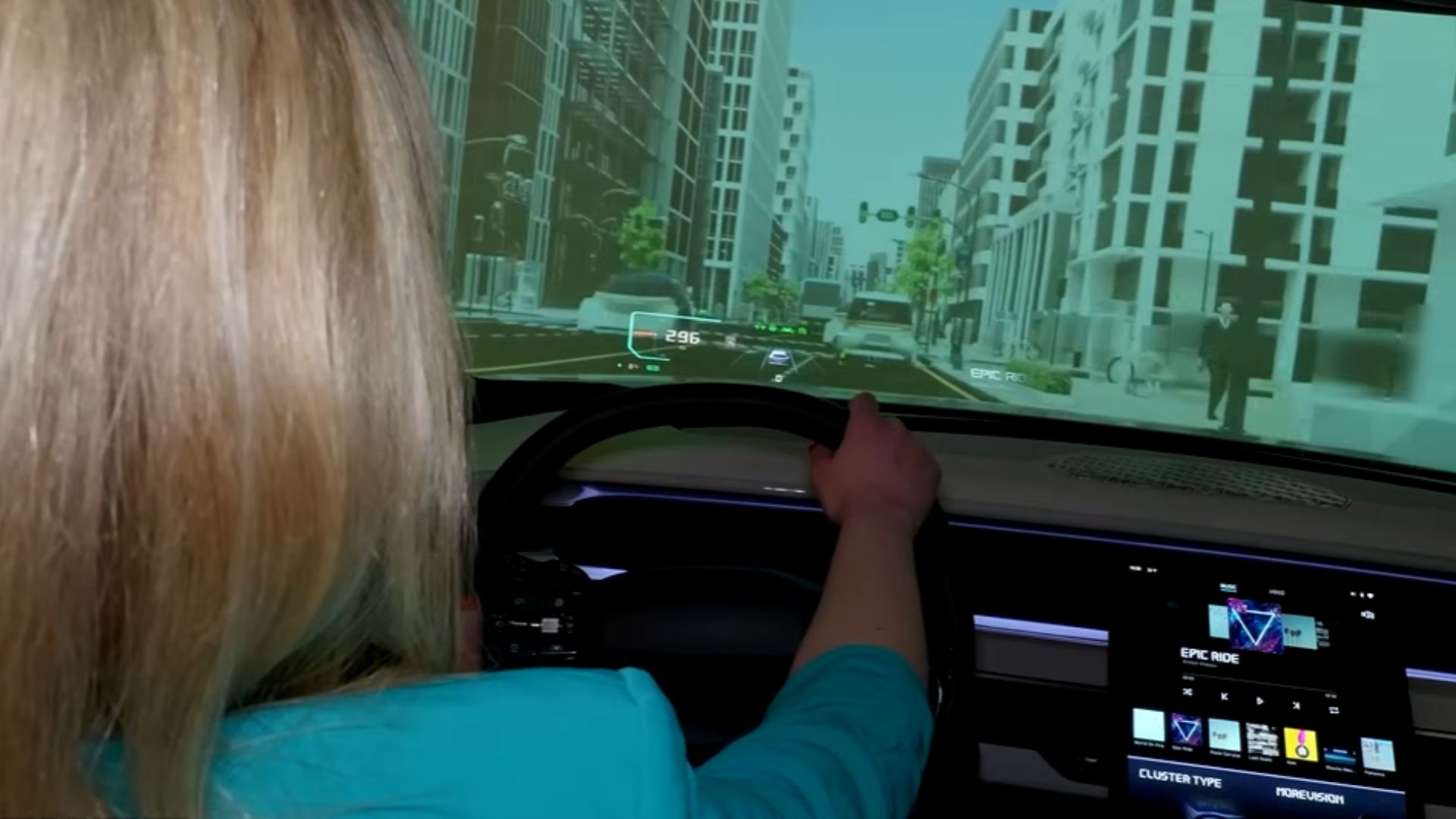 Hyundai Mobis Made a Magic Disappearing Holographic Windshield Display by CNET
Hyundai Mobis Made a Magic Disappearing Holographic Windshield Display by CNET
6. Shape-Shifting Aerodynamic Exteriors
Just as octopi and chameleons adapt their forms to meet environmental demands, modern automotive design has embraced nature's shape-shifting principles. Using adaptive materials and smart mechanisms, these vehicles automatically convert their exteriors—adjusting spoilers and grille elements to optimize handling performance.
7. AI Co-Pilot With Personalized Driving Insights
Traditional driving challenges like route optimization and cabin comfort management have long relied on driver vigilance alone. The AI co-pilot transforms this paradigm by leveraging machine learning to monitor driving patterns and automatically adjust vehicle settings.
8. Modular Interiors That Reconfigure On Demand
Start your morning with the cabin configured as a mobile office, complete with repositioned seats and workstation surfaces. By afternoon, swivel those same seats to create a social gathering space, then transform the interior into a serene lounge setting for your evening commute home.
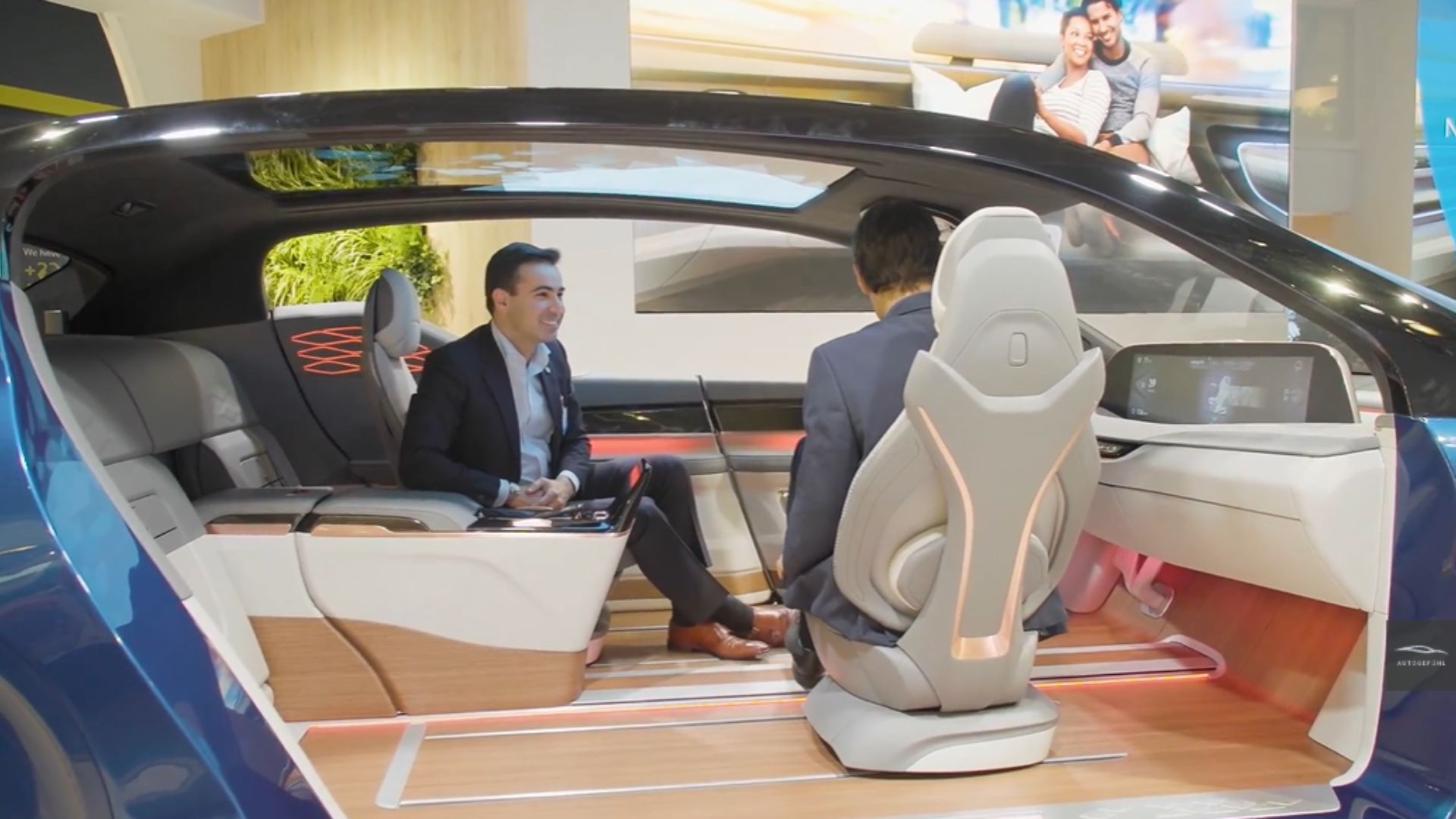 Car interior of the future FEATURE XIM18 Concept Yanfeng Automotive Interiors by Autogefühl
Car interior of the future FEATURE XIM18 Concept Yanfeng Automotive Interiors by Autogefühl
9. Built-In Health Monitoring Systems
Through sophisticated sensors integrated into steering wheels and seating surfaces, modern vehicles are evolving into proactive health monitoring platforms. These systems seamlessly track vital metrics like heart rate and alertness levels, enabling vehicles to function as extensions of drivers' wellness awareness.
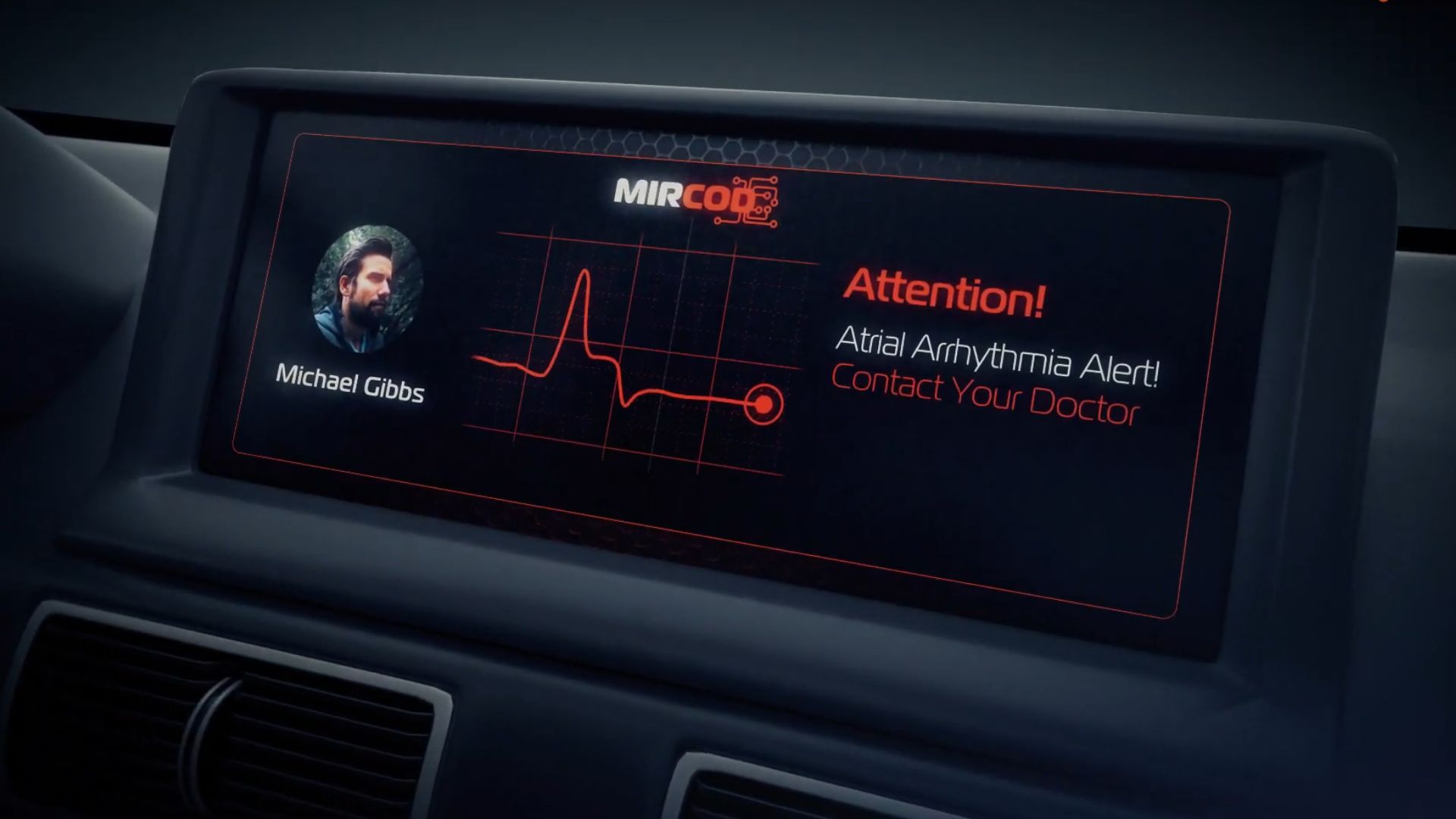 Mircod - IoT - Automotive - Advanced Driver Healthcare System by Michael Fainshtein
Mircod - IoT - Automotive - Advanced Driver Healthcare System by Michael Fainshtein
10. Smart Accident Prevention With Predictive AI
At the heart of modern vehicle safety lies sophisticated predictive AI, processing complex algorithms to interpret vast streams of sensor data in real-time. This advanced system extends outward through the vehicle's sensor network, enabling automated braking and steering interventions.
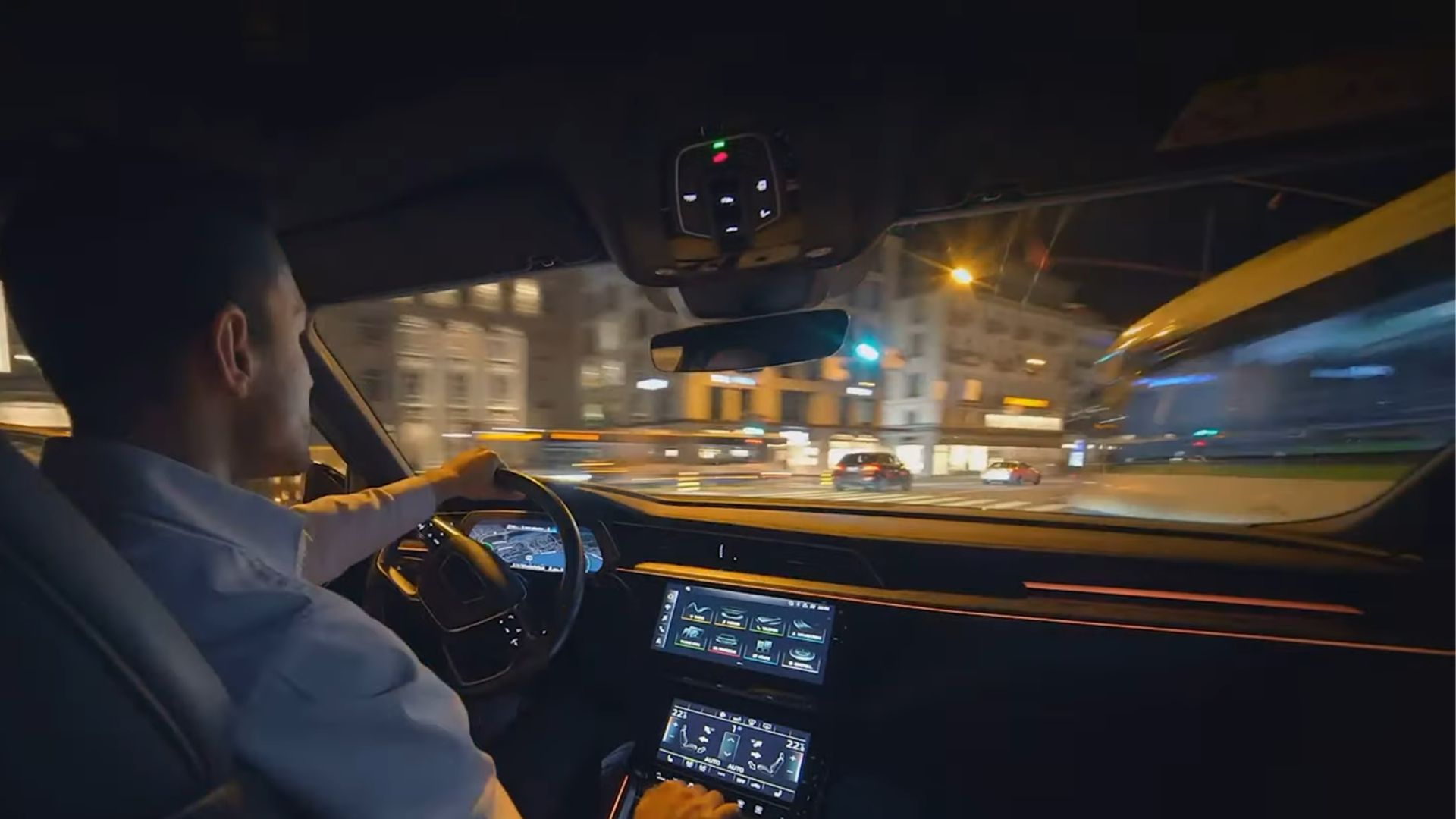 AI Vehicle Crash Prevention 🚗🛡️ #Safety #Prevention PART 1 by TEKTHRILL
AI Vehicle Crash Prevention 🚗🛡️ #Safety #Prevention PART 1 by TEKTHRILL
11. Wireless Charging Pads
The traditional hassle of plugging in electric vehicles and enduring lengthy charging sessions has long been a barrier to widespread EV adoption. Now, revolutionary wireless charging pads embedded in parking spaces and garages are converting the experience.
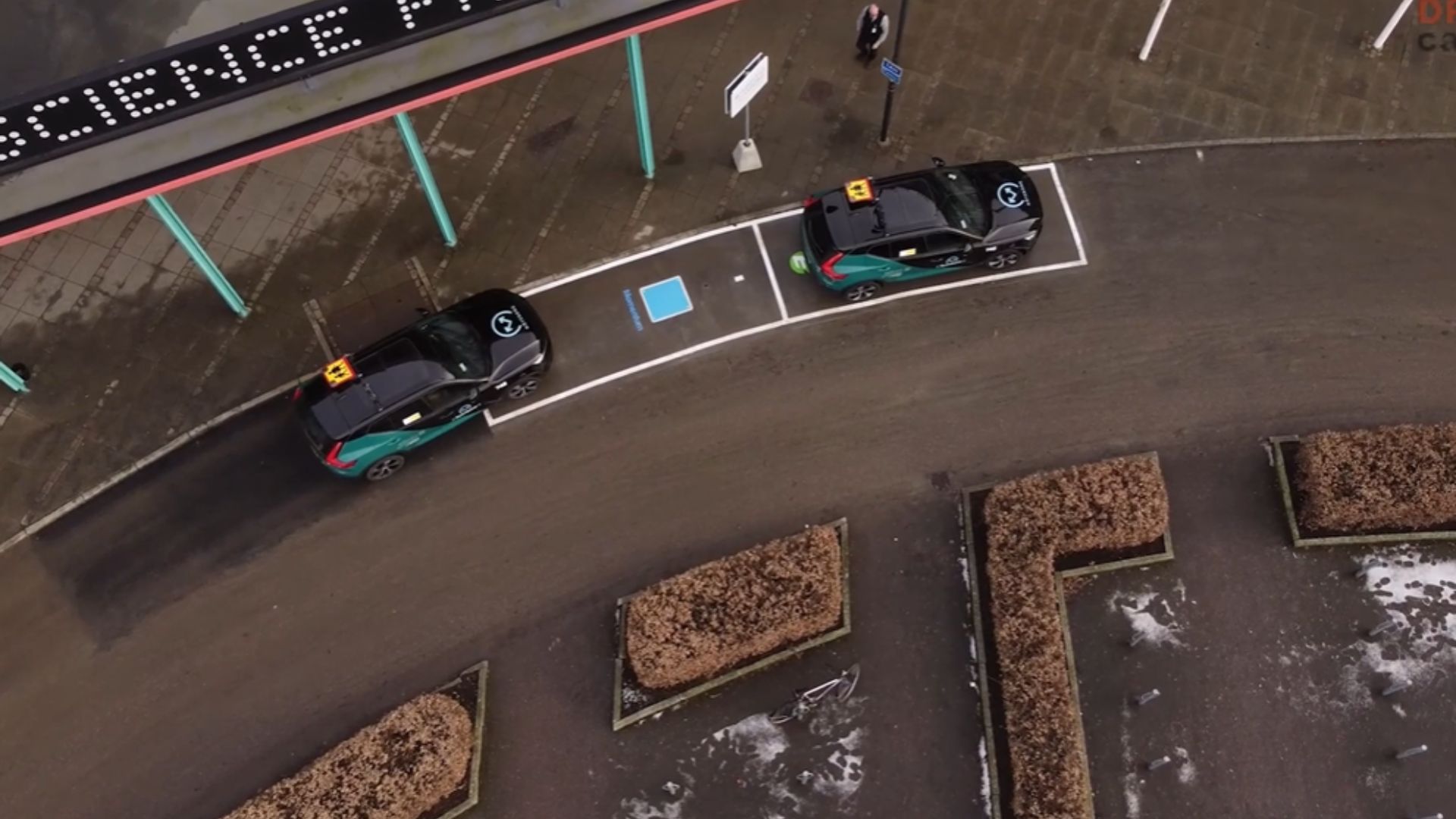 Volvo Cars Wireless Charging Technology by DPCcars
Volvo Cars Wireless Charging Technology by DPCcars
12. Self-Healing Paint And Body Materials
Witness a seemingly impossible feat: surface scratches on vehicle panels gradually vanishing in broad daylight. This automotive wizardry stems from advanced polymers and specialized coatings that activate through heat or sunlight exposure, executing automatic repairs within hours.
13. Biometric Ignition And Personalization
Sharing the family car used to mean a constant dance of seat adjustments and temperature tweaks, but biometric technology has turned that hassle into high-tech harmony. With fingerprint and facial recognition systems, vehicles now instantly recognize each driver.
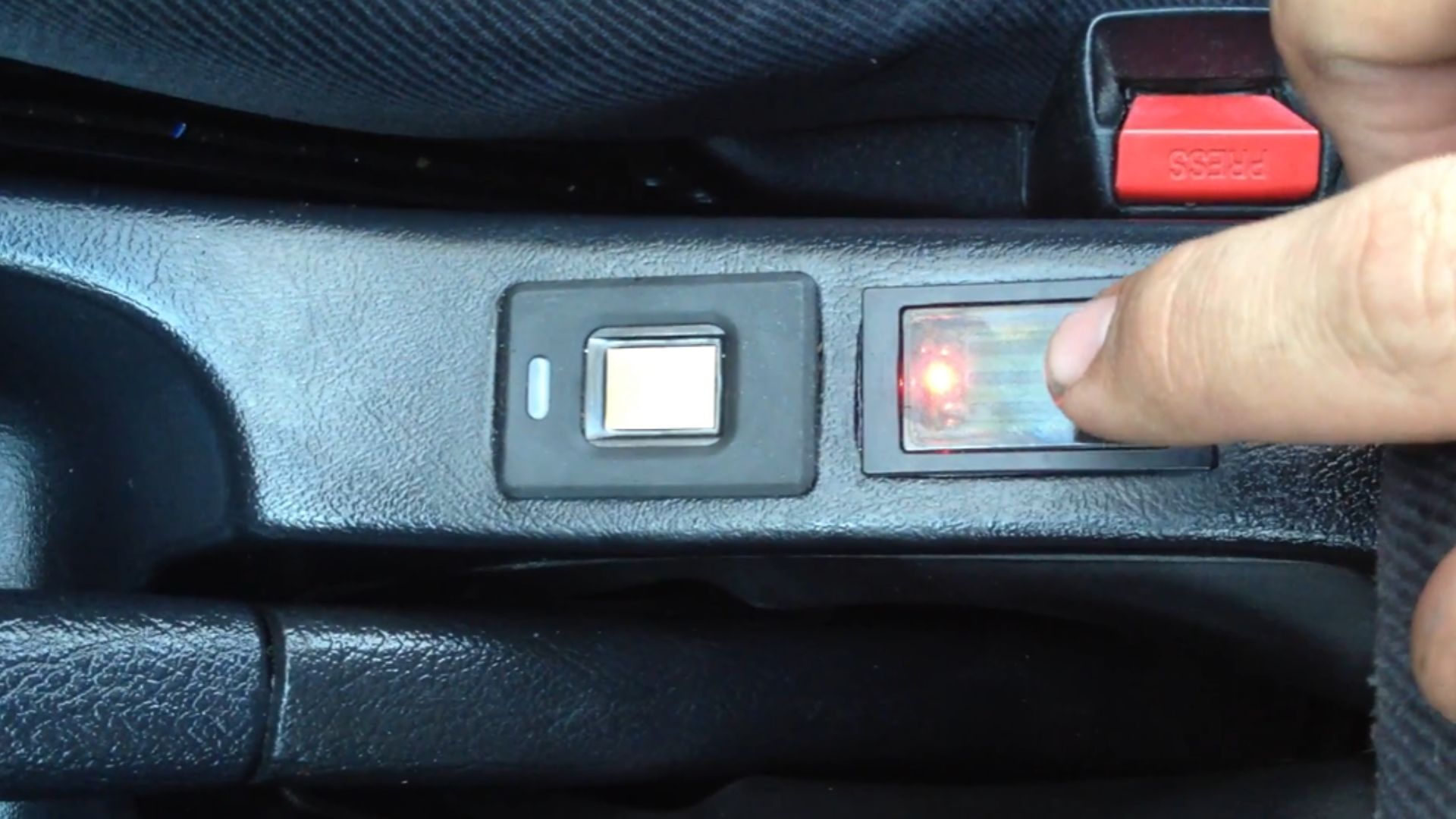 Touch Ignition with fingerprint ignition keyless by RealAutoSolution
Touch Ignition with fingerprint ignition keyless by RealAutoSolution
14. Noise-Canceling Cocoon Cabins
Road noise has long been a persistent challenge in automotive design, compromising passenger comfort and communication. Modern noise-canceling cocoon cabins elegantly resolve this through an integrated system of microphones and speakers that actively detect and neutralize unwanted external sounds.
15. Advanced Vehicle-To-Grid Energy Sharing
As renewable energy reshapes our power landscape, advanced vehicle-to-grid technology creates a sophisticated ecosystem where electric vehicles become integral grid assets. This bidirectional energy exchange enables EVs to supply power back to electrical networks, stabilizing demand fluctuations.
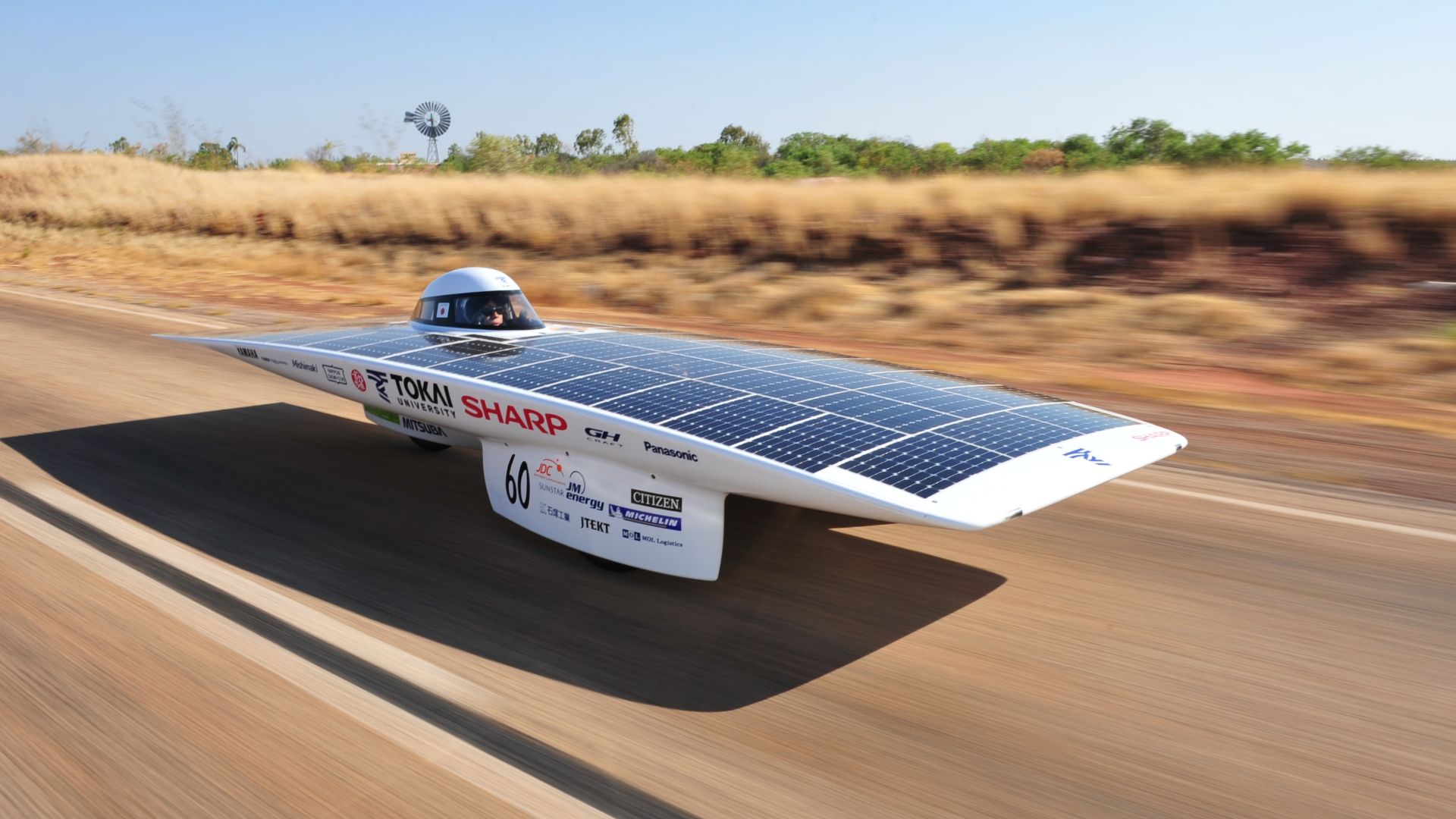 Hideki Kimura, Kouhei Sagawa on Wikimedia
Hideki Kimura, Kouhei Sagawa on Wikimedia
16. Climate-Adaptive Tires
Like a vigilant meteorologist on constant duty, these intelligent tires actively process and respond to changing weather conditions. Their advanced materials and smart technology make split-second decisions, automatically optimizing traction properties.
17. Hyper-Connected In-Car Entertainment Hubs
High-speed connectivity serves as the digital backbone of modern automotive entertainment, weaving together streaming media, gaming, and social platforms into seamless in-car experiences. It enables synchronized content delivery across multiple users.
18. Smart Road Condition Detection
Gone are the days when drivers had to choose between a cushy ride and cautious handling. Today's smart sensor technology brings the best of both worlds, detecting everything from ice patches to potholes in real time and automatically fine-tuning driving modes.
19. Fully Recyclable Vehicle Manufacturing
Today's automakers are orchestrating a remarkable recycling revolution, with recycled materials taking center stage in vehicle design. Each biodegradable interior concept drives sustainability forward, while innovative disassembly-friendly engineering ensures tomorrow's cars won't overstay their welcome in landfills.
20. Adaptive Scent And Air Purification Systems
The promise of personalized in-car aromatics beckons as manufacturers develop adaptive scent systems for enhanced driving experiences. While truly individualized fragrance profiles remain largely theoretical, current technologies already deliver tangible benefits through ambient scent control.


